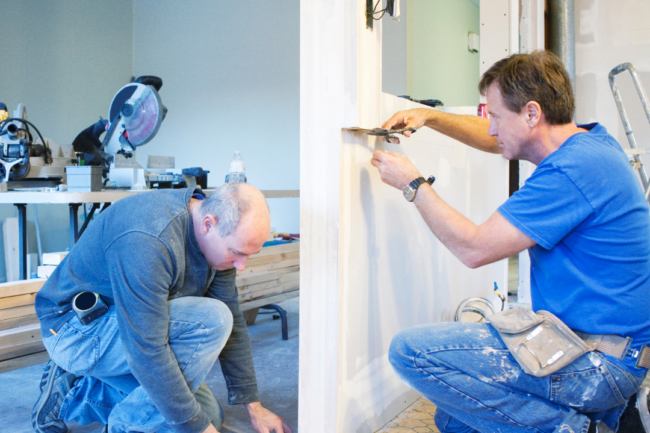Understanding Uninhabited Properties:
Uninhabited properties, also known as unlivable properties, refer to properties that are not suitable to live in, due to various reasons. These reasons may include structural issues, lack of essential utilities such as water and electricity, or extensive renovation requirements.
While uninhabited properties may present unique challenges, they also offer potential opportunities for buyers looking to invest in real estate. Whether you’re considering purchasing a fixer-upper to renovate or a vacant lot to build your dream home, financing options are available to help you achieve your property goals.
Can you finance an uninhabited property?
The question of whether lenders will finance uninhabitable properties is an intriguing one, the short answer is yes, however there’s a catch.
In some cases, a buyer intends to purchase a property with plans to demolish it and rebuild anew. In such instances, a building contract must be in place with a certified builder. Financing usually takes the form of a construction loan, with funds disbursed at various stages of construction. This significantly lowers the lender’s risk, as they only release funds upon completion of each construction stage, ensuring the full loan amount is not drawn until the project is finished.
Alternatively, a buyer may purchase an uninhabitable property with the intention of renovating it. However, they may prefer not to go through the hassle of obtaining a construction loan. In such situations, a lender might offer financing with the condition that the buyer obtains a building quote and demonstrates sufficient cash reserves to complete the necessary repairs or renovations with a qualified builder, ensuring the property becomes habitable.
However, if the property is deemed uninhabitable, and the buyer seeks funds from the lender through a standard mortgage, approval chances are slim. Lenders are wary of incomplete renovations that could result in the property becoming unsellable, leaving them with unpaid loans and undesirable assets.

Determining whether a property is uninhabitable is relatively straightforward
If it lacks essential services like water, sewerage, or power, or if it’s not watertight with incomplete bathroom or kitchen facilities, it’s likely uninhabitable. Partial renovations or missing vital components such as heating or cooling also classify a property as uninhabitable.
Buying an uninhabitable property can be a strategic move, particularly when the real value lies in the land rather than the existing structure. However, it’s crucial to carefully evaluate the project’s viability before committing. If you’re considering such a purchase and have pre-approval, consult your broker beforehand to assess lender feasibility and ensure a smooth transaction process. Which option suits you best, see here.
Disclaimer: The content of this article is general in nature and is presented for informative purposes. It is not intended to constitute tax or financial advice, whether general or personal nor is it intended to imply any recommendation or opinion about a financial product. It does not take into consideration your personal situation and may not be relevant to circumstances. Before taking any action, consider your own particular circumstances and seek professional advice. This content is protected by copyright laws and various other intellectual property laws. It is not to be modified, reproduced, or republished without prior written consent. Content developed in partnership with IFPA.
Subscribe to our newsletter to read about ‘All things finance’
At UFinancial, we love talking about finance-related matters. From home loans and refinancing to financial planning, investing, and tax.



